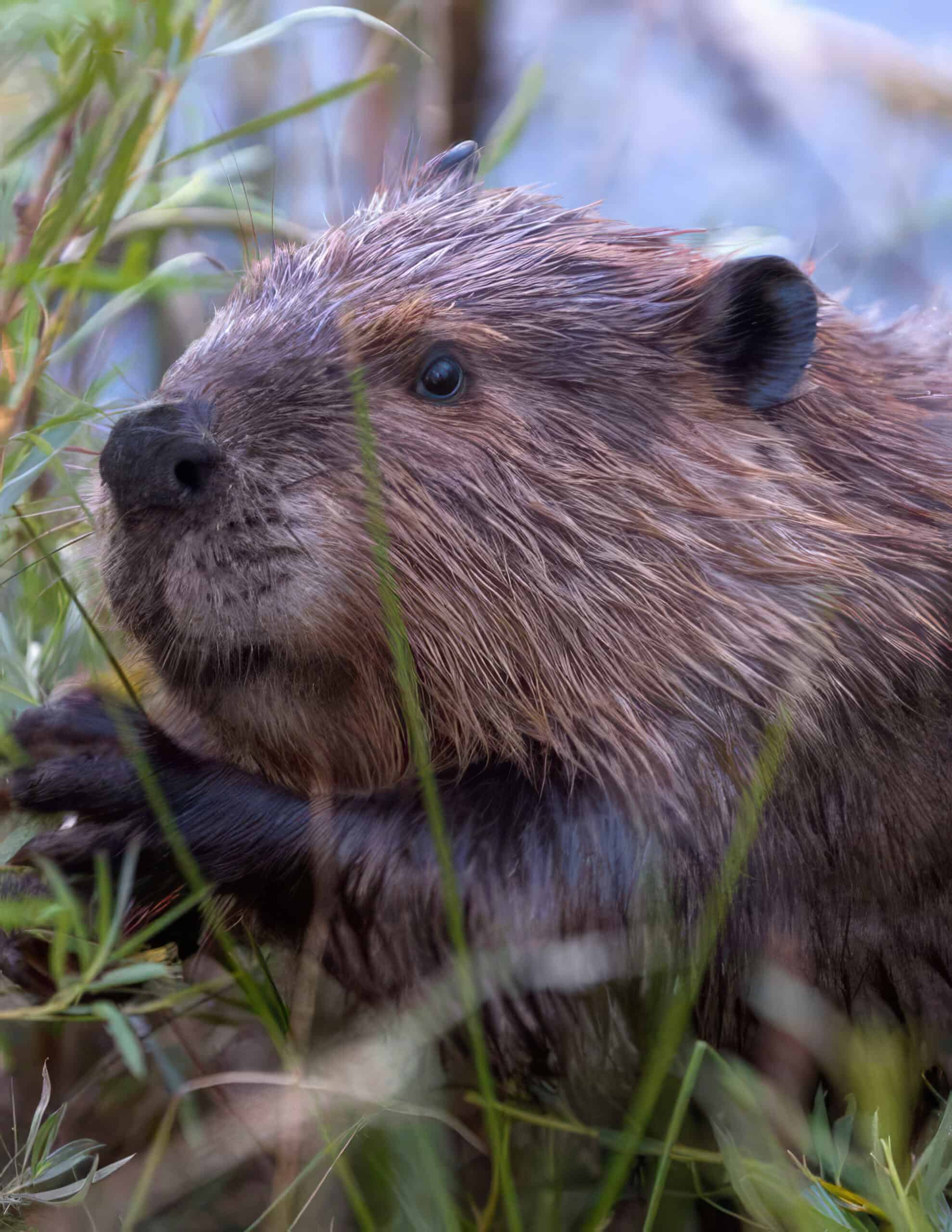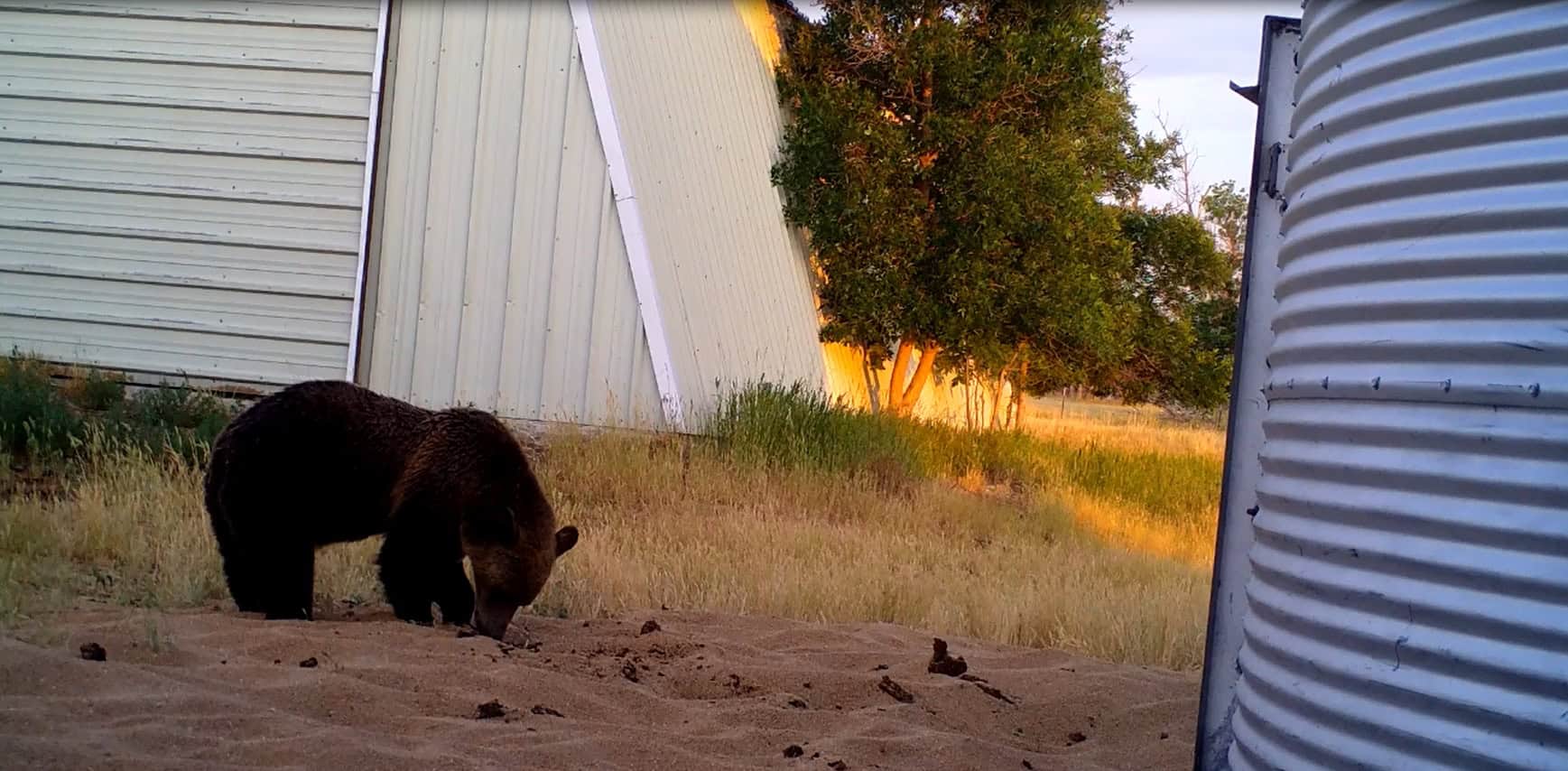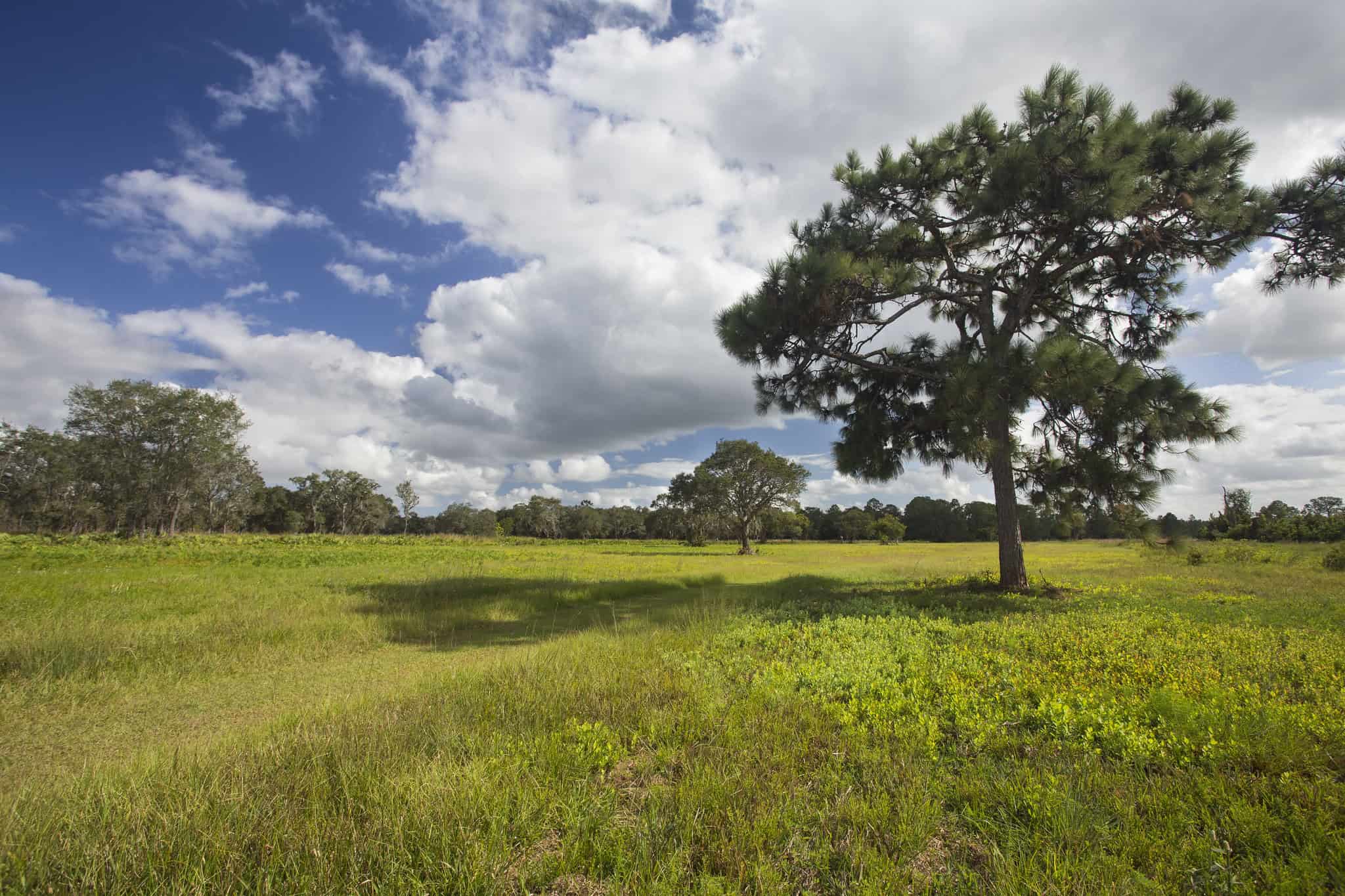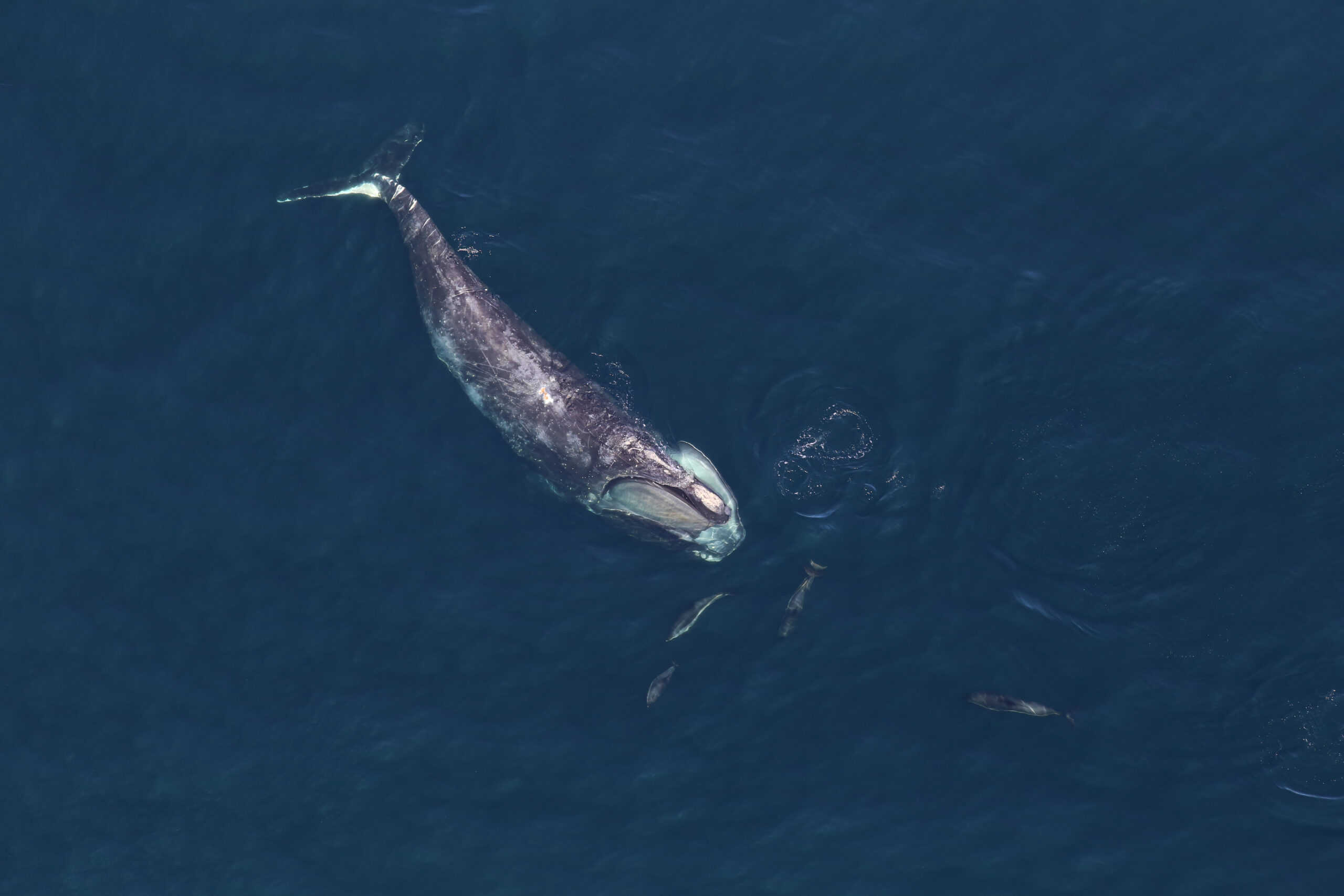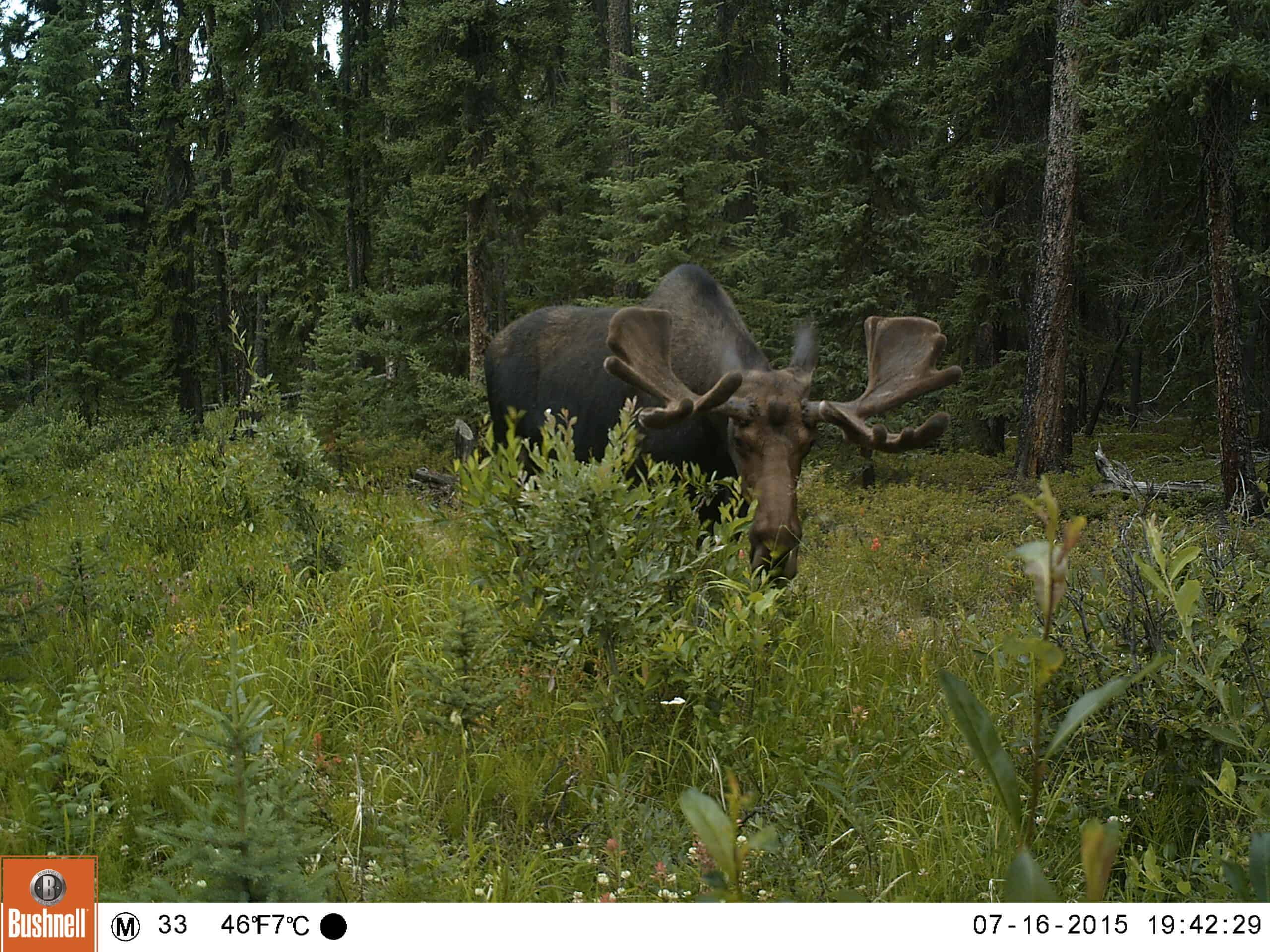
Moose gravitate toward seismic lines
The species prefer the younger forest along the seismic survey lines
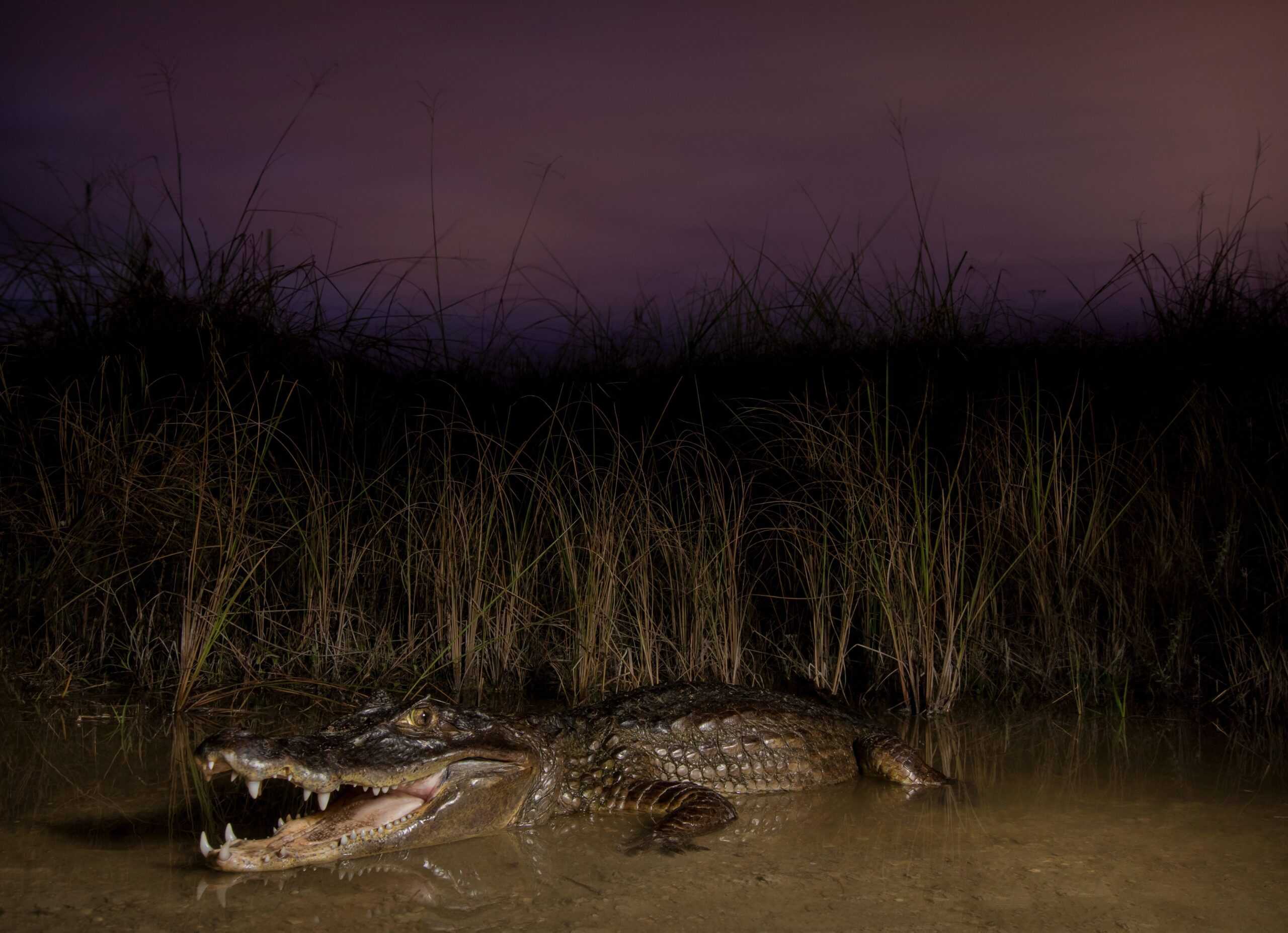
Wild Cam: Targeting invasive caiman hatchlings helps with their population removal
Wildlife managers remove invasive reptiles from Everglades during 10-year project

TWS 2023: Building trust in science
How can scientists combat misinformation?
PAID AD

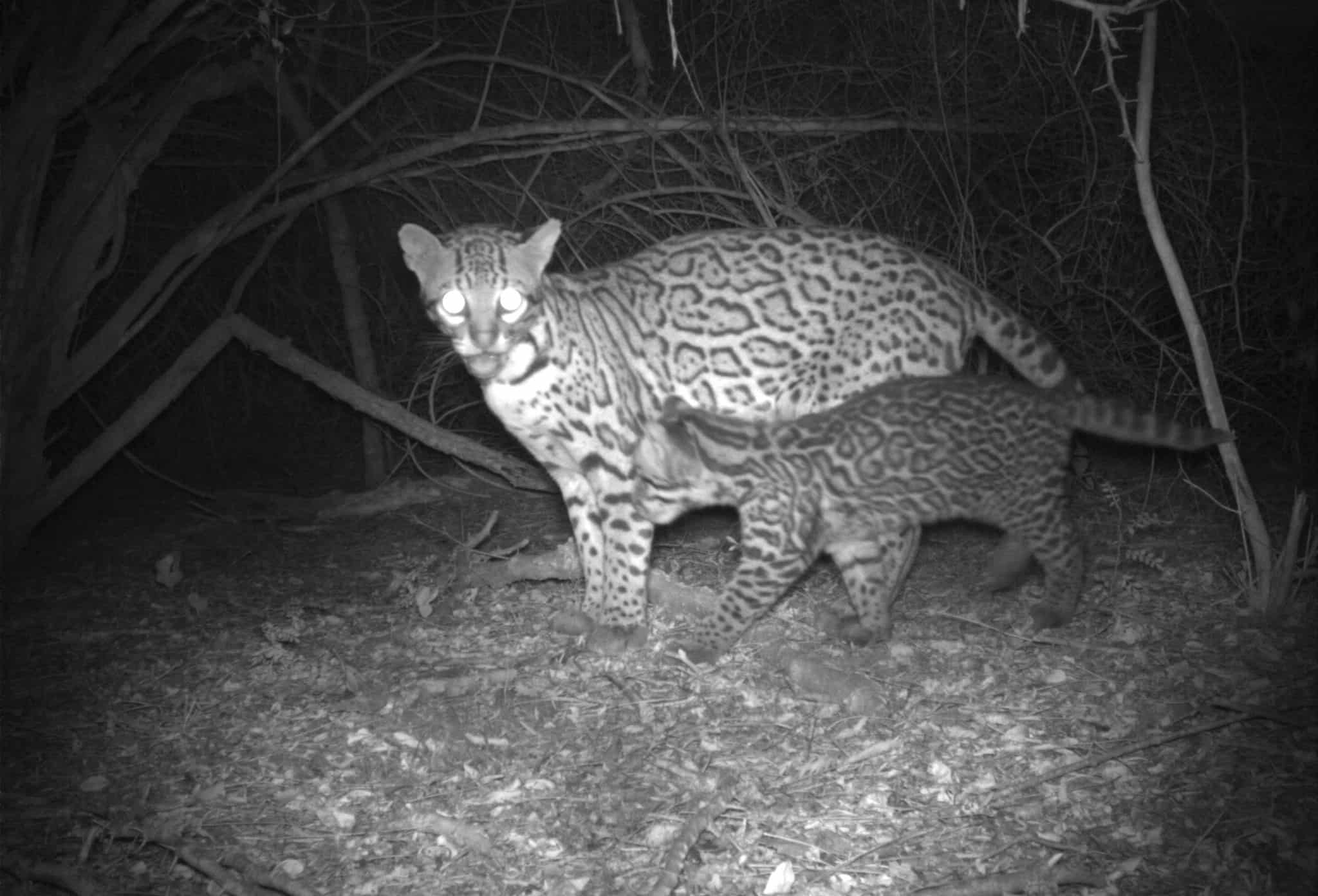
TWS2022: Private ranches host largest U.S. ocelot population
Ocelot tracking in Texas reveals a wider tolerance for habitat type than previously thought
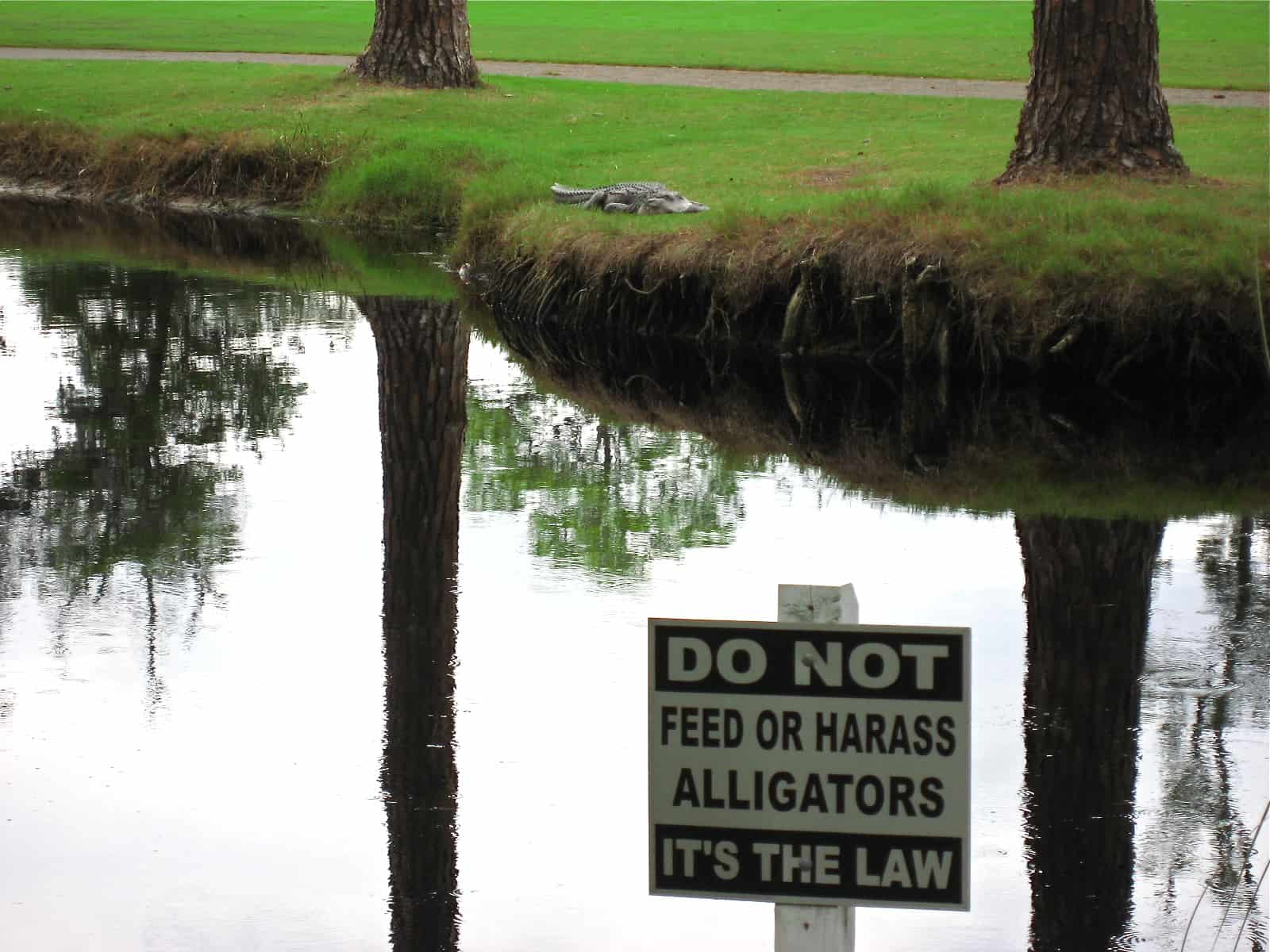
Golf course gators munch on more spider, insects
Alligators eat more spiders and insects than their non-golf course counterparts
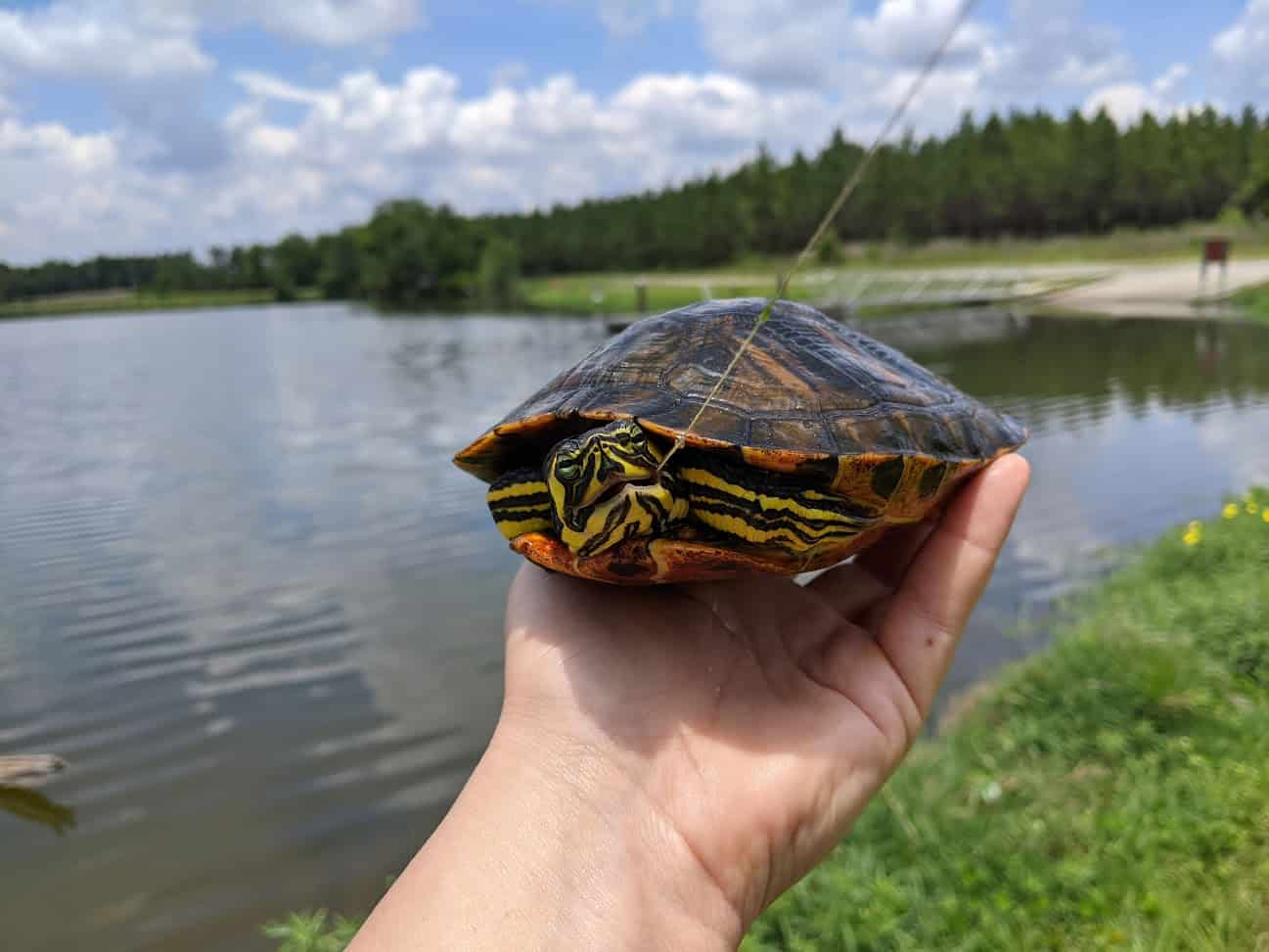
WSB: Metal detectors uncover ingested fishhooks in turtles
Low-cost technology can give quick answers in field work

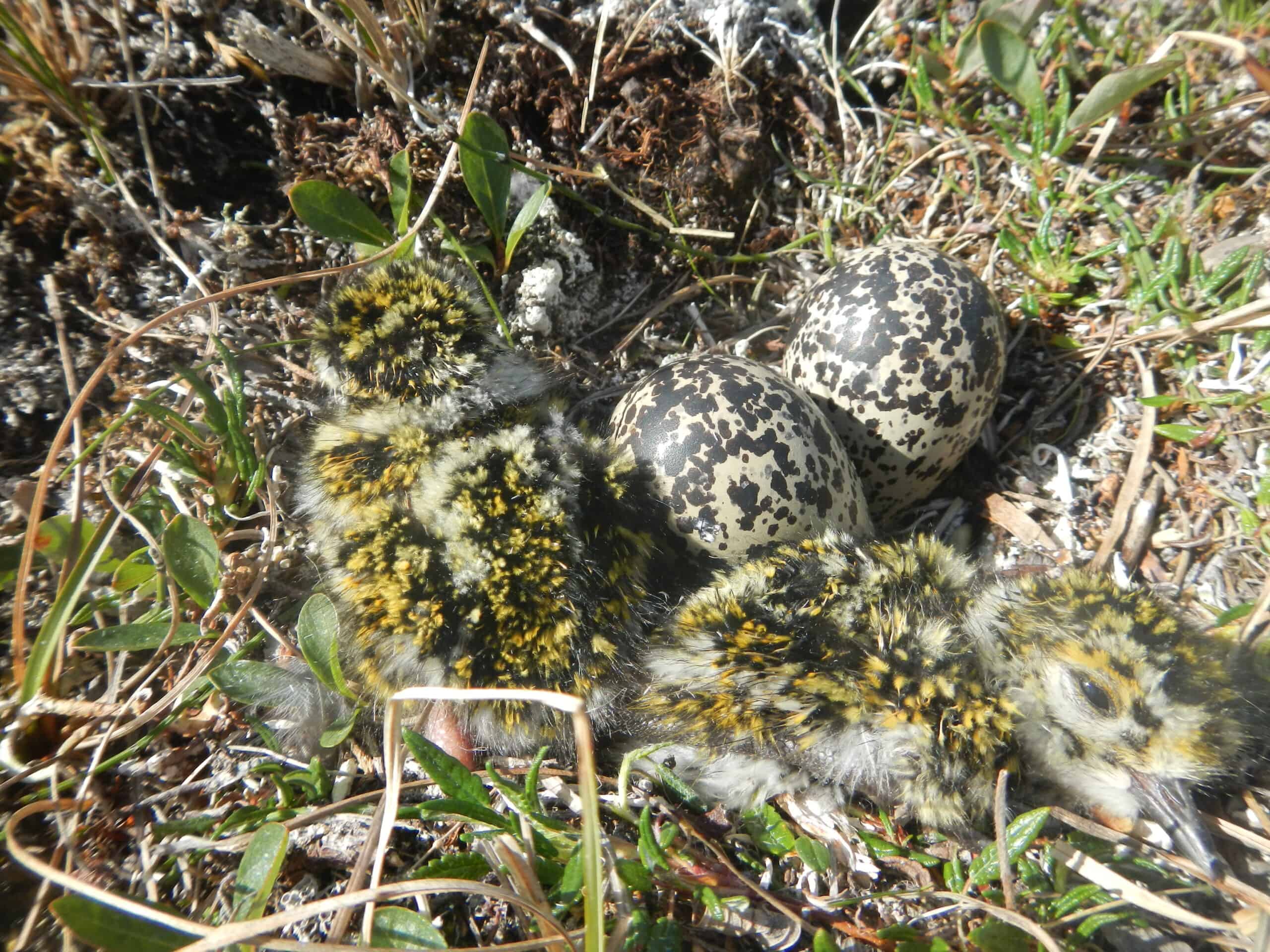
Birds experience lower nest survival near an Alaskan oilfield
Prudhoe Bay oilfield infrastructure can impact songbird and shorebird nesting
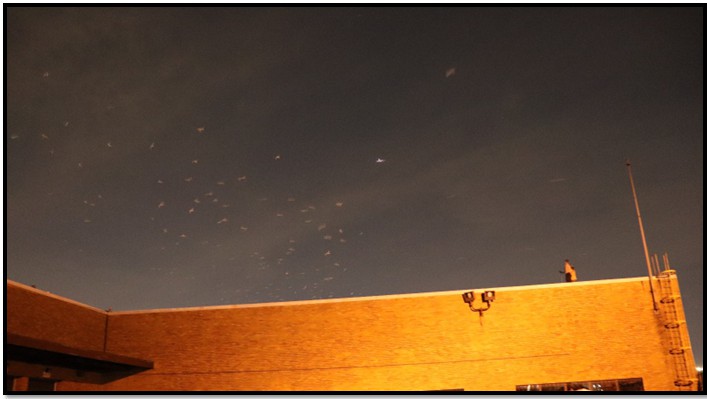
WSB: Drones can help scare gulls away
Gulls can cause huge problems for wildlife managers in some cities. When they nest in large colonies near airports, these urban-adapted, roof-nesting birds pose a risk of collision with planes....
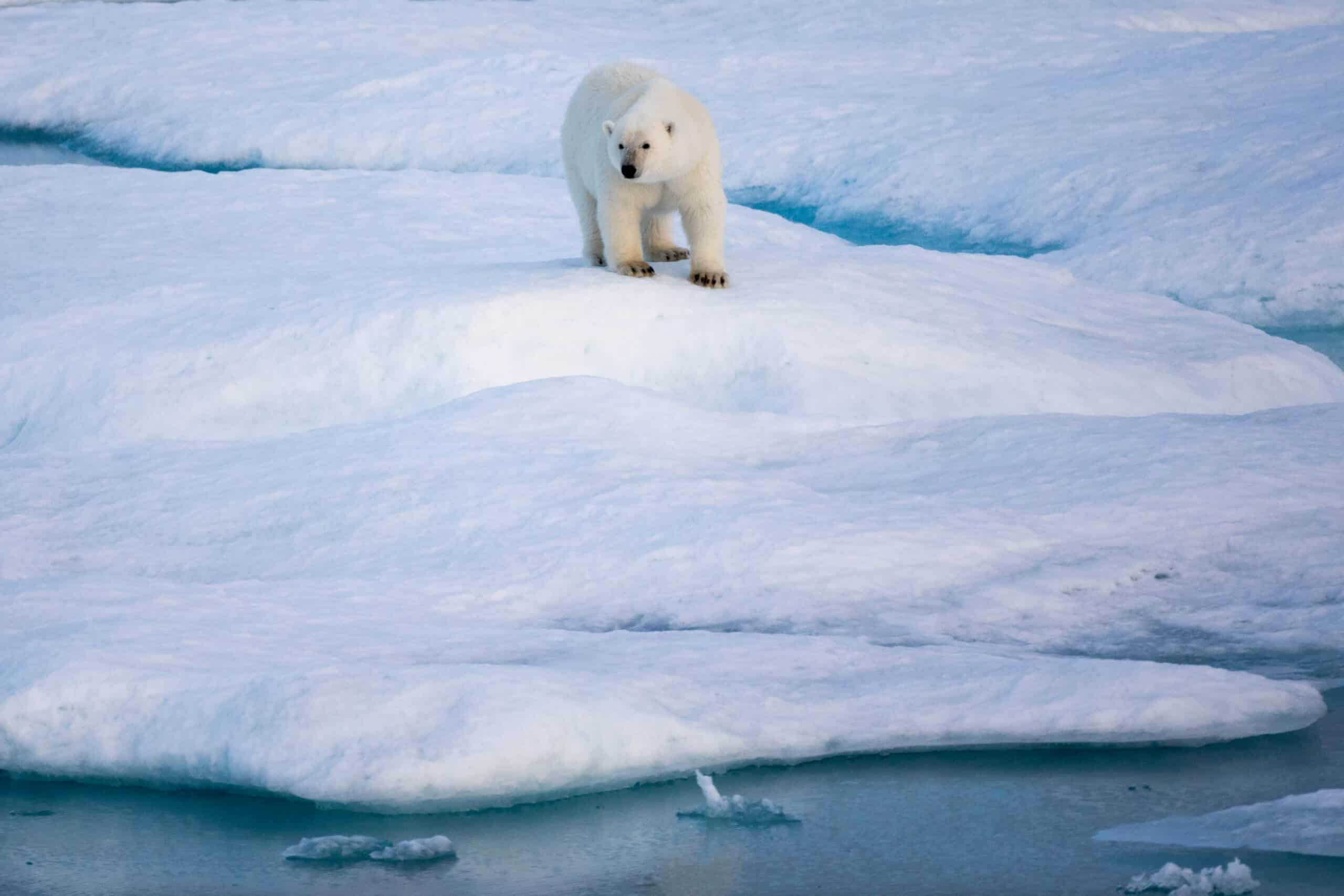
Climate is shifting 4,000 years of polar food stability
Archaeological remains reveal how the Canadian Arctic’s food web has changed
PAID AD




